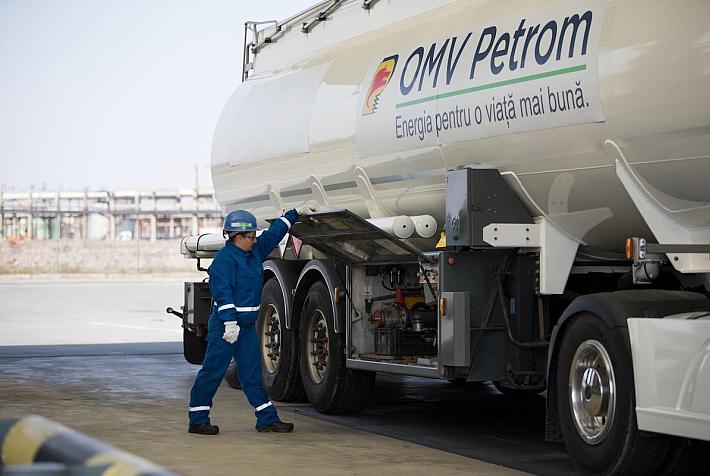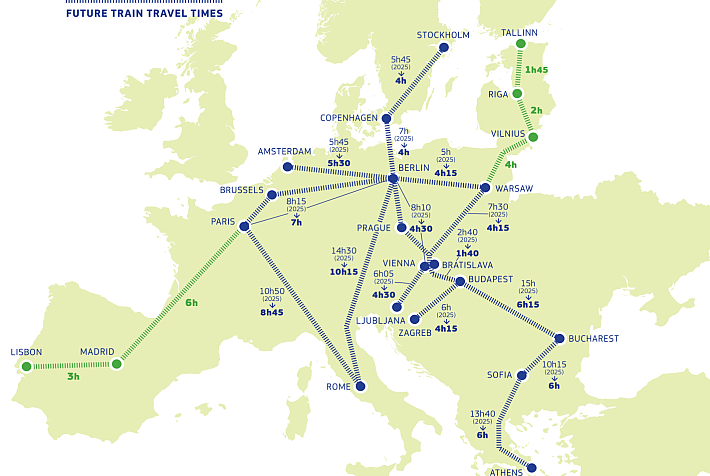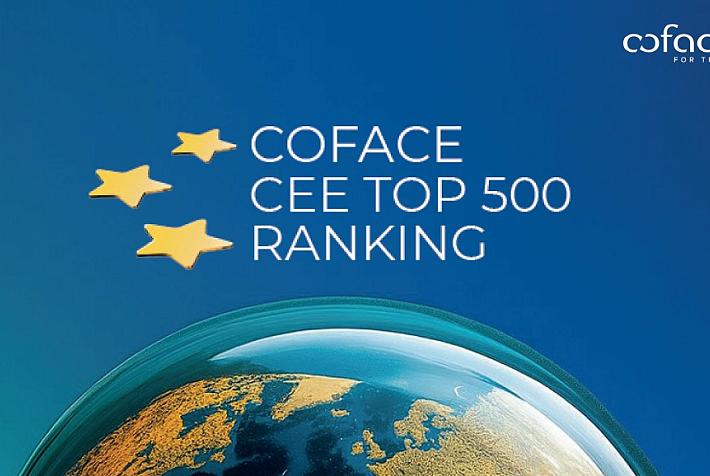Romania’s trade deficit goes up by 40% as food imports soar after VAT rate cut

Romania registered a trade deficit of EUR 8.4 billion, up by 38% compared to 2014, as the country’s imports went up almost twice faster than the exports, according to data released by the National Statistics Institute (INS).
Romania’s imports totaled almost EUR 63 billion, showing a 7.6% increase compared to the previous year, while the exports grew by 4.1%, to EUR 54.6 billion. Both the imports and the exports set new records last year.
The imports accelerated starting June 2015 after the Government decided to cut the VAT rate on food from 24% to 9% (starting June 1). The increase in domestic consumption also led to an increase in food imports.
Read also: Romania’s retail trade turnover accelerates growth after VAT rate cut on food
Romania’s food, beverages, and tobacco imports totaled EUR 5.35 billion last year, up by 19% (some EUR 550 million) compared to 2014. Their share in the country’s total imports was 8.5%, up from 7.8% in 2014.
When looking at the food imports before and after the VAT rate cut, one will notice that in the first five months of 2015 the food imports increased by some 14% compared to the similar period of 2014 and were only 8.1% of the total imports. In the last seven months of the year, when the VAT for food was lower, the food imports went up by 22%, reaching 8.8% of the total imports.
Romania’s food exports also increased by 7.7% last year, but couldn’t compensate for the increase in imports. The trade deficit in this sector was close to EUR 550 million, up from under EUR 50 million in 2014.
However, the food sector is not the only responsible for the higher trade deficit. Romania’s imports of vehicles and transport equipment also went up by 13% last year, reaching some EUR 23.5 billion, or 37.3% of the total imports. This can partly be correlated with the 16% increase in new car sales in Romania, in 2015.
Romania remained a net exporter in this segment, as the car and automotive exports went up by 9.5%, reaching EUR 24.3 billion. This category represented 44.5% of Romania’s total exports. The trade surplus in this sector was EUR 810 million, down from EUR 1.41 billion in 2014.
The highest deficit was in the chemical sector, where the imports were almost EUR 6 billion higher than the exports (up from a deficit of EUR 5.3 billion in 2014). Romania not only imported more chemical products (by some 7.6%) but also exported less, showing the decaying status of its chemical industry.
Romania’s trade in the energy sector (fuel, lubricants) went down both in terms of imports and exports and the trade deficit in this sector was actually lower in 2015 than in 2014. The country also exported fewer raw materials.
Andrei Chirileasa, andrei@romania-insider.com











